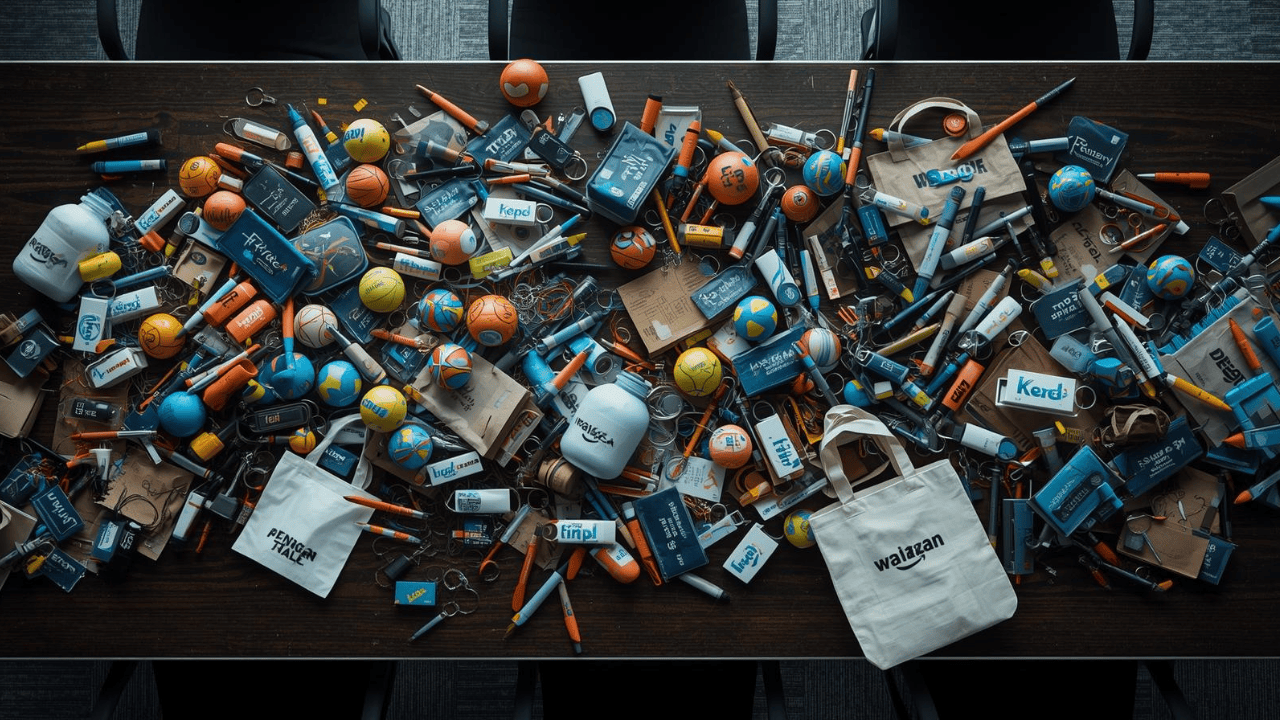
I walked into a $8M creative agency's office last month.
Their conference room table looked like a promotional product graveyard. Dozens of samples scattered everywhere. Branded pens that leaked ink. Stress balls shaped like their logo that looked more like tumors. Tote bags with their tagline in Comic Sans font (I wish I was kidding).
The CMO, Sarah, gestured at the mess. "We're spending $75K annually on promotional items across three offices. The CFO is asking how we measure ROI. Honestly? I have no clue if any of this works."
I looked at their tracking spreadsheet. Three columns:
- Cost per unit: $3.47 average
- Total impressions: 847,000 estimated
- Distribution timeline: 4-6 weeks
"These metrics are making you stupid," I told her.
She laughed nervously. "What do you mean?"
The metrics problem nobody talks about
Here's what those "standard" metrics actually optimize for:
Cost per unit = race to the bottom When your primary metric is keeping unit costs low, you buy garbage. Always. That $0.50 pen? It'll break in three weeks and make your brand look cheap. That $2.00 tote bag? The stitching will fail before they get home from your event.
I've seen this pattern dozens of times. Marketing directors get praised for "negotiating great unit costs" while their brand equity slowly dies.
Total impressions = meaningless vanity metric "We reached 847,000 people!" But how? By cramming 50,000 stress balls into a warehouse that nobody requested? By mass-mailing USB drives to email lists that haven't been updated since 2018?
Impressions without engagement are just expensive littering.
Distribution speed = fast and forgettable Rush orders lead to poor decisions. When your timeline is "we need 5,000 of something tomorrow for the trade show," you're shopping from whatever's available in stock. No customization. No brand alignment. No story.
Just fast and forgettable.
What smart brands measure instead
I showed Sarah a different spreadsheet. Same client budget, completely different approach.
Instead of cost per unit → Cost per meaningful interaction
Example: Their old approach was $3 stress balls to 5,000 conference attendees. Total cost: $15,000. Meaningful interactions: Maybe 50 people who actually kept them.
Cost per meaningful interaction: $300 each.
New approach: $25 premium notebooks to 300 carefully selected prospects and clients. Total cost: $7,500. Meaningful interactions: 240 people still using them six months later.
Cost per meaningful interaction: $31 each.
The difference is dramatic when you measure what matters.
Instead of total reach → Usage frequency and retention
I had Sarah's team conduct a "desk audit" across their three offices. They photographed every branded item on employee desks, in bags, at home offices.
Results were brutal:
- Zero stress balls in active use
- 12% of branded pens still functioning after 6 months
- 3% of tote bags being used regularly
- 67% of premium water bottles still in daily rotation
- 89% of high-quality notebooks completely filled and replaced
The pattern was obvious. Quality determined usage. Usage determined brand impact.
Instead of distribution speed → Strategic timing alignment
Their biggest win came from timing alignment, not speed.
Old approach: Bulk order trade show giveaways the week before events. Hand out 2,000 random items to anyone walking by the booth.
New approach: Research attendee list in advance. Identify 50 highest-value prospects. Send personalized welcome packages to their offices two weeks before the event. Include premium items that reference the recipient's recent company news or achievements.
Result: 34 meaningful conversations at the trade show. 12 follow-up meetings scheduled. 3 deals closed within 90 days.
Compare that to their previous trade show results: 2,000 business cards collected, 15 follow-up calls, zero deals.
Brand association lift measurement This was Sarah's favorite discovery. They started asking prospects and clients: "What three words describe our agency's personality?"
Before the merchandise strategy shift, common responses were: "Creative, professional, expensive."
After six months of strategic, high-quality merchandise: "Creative, thoughtful, premium."
That word change from "expensive" to "premium" represented a fundamental shift in market perception.
The 90-day transformation
Here's exactly what happened when Sarah implemented this new measurement framework:
Month 1: The audit and purge
- Cataloged 47 different promotional items in their inventory
- Conducted usage audits across all three offices
- Cut product line to 8 carefully selected items
- Established baseline measurements for retention and usage
Month 2: Quality investment
- Doubled per-unit budget from $3.50 to $7.00 average
- Sourced premium notebooks with custom interior layouts
- Designed limited-edition apparel line for employees and VIP clients
Month 3: Results measurement
- Client retention improved 18% (from 73% to 91%)
- Employee satisfaction with company merchandise jumped from 2.3/5 to 4.7/5
- Organic social mentions increased 340%
- Three prospects specifically mentioned "attention to detail" when signing contracts
The psychology behind the metrics
Why do traditional metrics persist when they clearly don't work?
Simple: They're easy to measure and make you feel productive.
"We distributed 10,000 items!" sounds impressive in a board meeting. It's quantifiable. It suggests activity and reach.
"We facilitated 47 meaningful brand interactions" sounds smaller, even though it's infinitely more valuable.
The problem is psychological. Marketers have been trained to equate quantity with effectiveness. More leads, more impressions, more distribution.
But in a world oversaturated with branded junk, quality is the only sustainable differentiator.
The implementation reality check
Let me be honest about something: This approach isn't easier.
Traditional metrics are simple because they measure inputs, not outcomes. You can track cost per unit without ever talking to a customer. You can estimate impressions without measuring engagement.
Quality metrics require actual conversations with real people. They demand patience. They cost more upfront.
The brands willing to invest in better measurement always win long-term.
The competitive advantage hiding in plain sight
While your competitors optimize for cheap and fast, you can own thoughtful and memorable.
While they measure impressions, you measure impact.
The opportunity is massive because so few companies are thinking strategically about branded merchandise. They're stuck in the old paradigm of volume and cost control.
Making this transition requires admitting that most of what you've been doing hasn't worked.
That conference room table covered in mediocre samples? That's evidence of decisions optimized for the wrong metrics.
The good news? Every piece of junk in your closet represents a learning opportunity. Each failed item teaches you something valuable about what doesn't create lasting brand connections.
What's sitting on your desk right now?
Look at your desk right now. How many branded items do you see? How many are from companies you actively do business with? How many make you think positively about those brands?
If you're like most people, the answer is: very few.
That's your opportunity. In a world drowning in forgettable promotional items, the companies that invest in memorable, useful, beautiful branded experiences will stand out dramatically.
Your competitors are still measuring cost per unit while you're measuring cost per meaningful relationship.
That's not just better marketing. That's competitive advantage.
What's the most forgettable branded item cluttering your workspace right now? And more importantly—what does that teach you about the promotional items you're creating for others?

